Claude Sonnet vs. GPT-4o
In this case study, I’ll explore a detailed comparison between these two AI models, based on their performance, pricing, and specific use cases, drawing insights from community feedback, benchmarks, and personal experience.
Claude 3.5 Sonnet: Intelligent and Human-like
What is Claude?
Claude is an AI assistant developed by Anthropic, with an emphasis on ethical and human-like interactions. It’s powered by a large language model, and its development was influenced by former OpenAI members. Claude’s “Constitutional AI” approach aims to provide AI that is more aligned with human values.
Claude’s Key Features:
- Claude 3.5 Sonnet is considered the most intelligent in the Claude 3.5 family, excelling in logical reasoning and handling creative tasks.
- The model is designed for tasks such as summarization, research, writing, and decision-making.
- Claude 3.5 is free for use with limited features, but users can upgrade to paid plans for extended functionality.
Usage Insights:
Claude 3.5 Sonnet shines in areas requiring human-like interactions and creative solutions. For instance, in personal tests, it generated highly creative and non-generic responses to prompts.
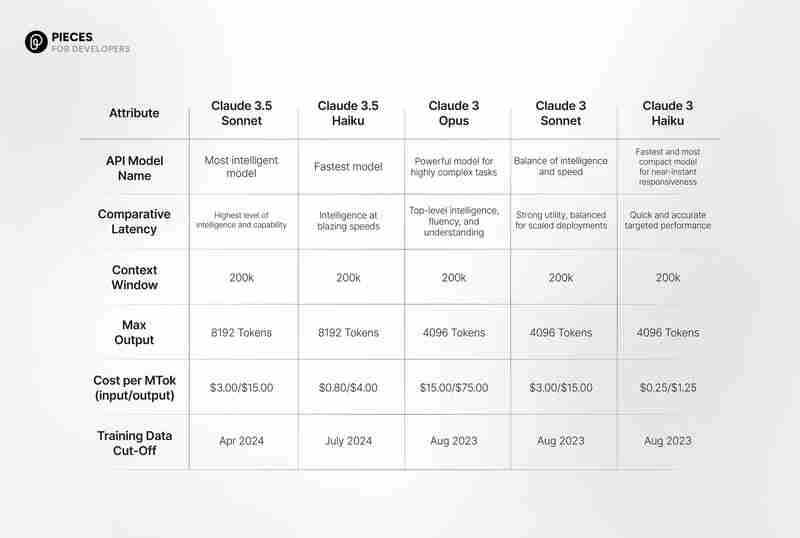
However, it lags slightly in specialized areas such as mathematical problem-solving and complex reasoning, where it shows lower accuracy than GPT-4o.
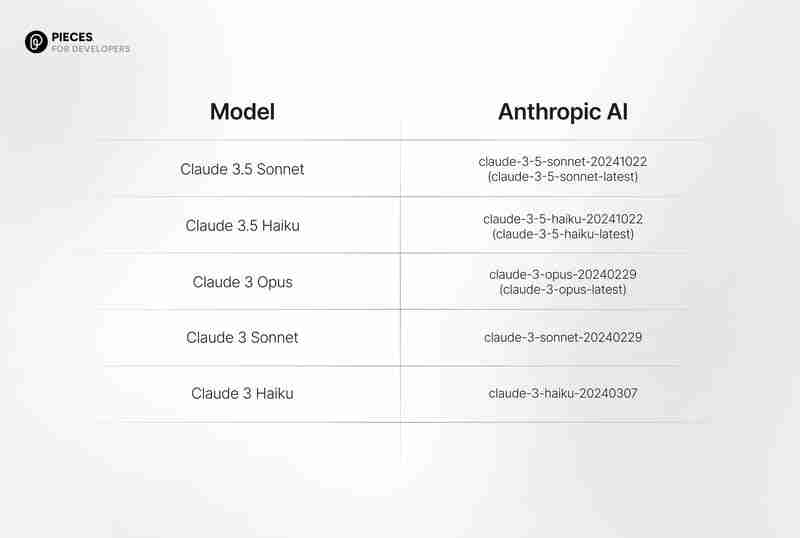
GPT-4o: Omni-Capable and Fast
What is GPT-4o?
GPT-4o is OpenAI’s latest AI model, offering a versatile approach to processing various types of input—text, audio, image, and video. The "o" in GPT-4o stands for "omni," underscoring its multimodal capabilities. This model is trained to handle complex tasks, from advanced reasoning to problem-solving across diverse domains.
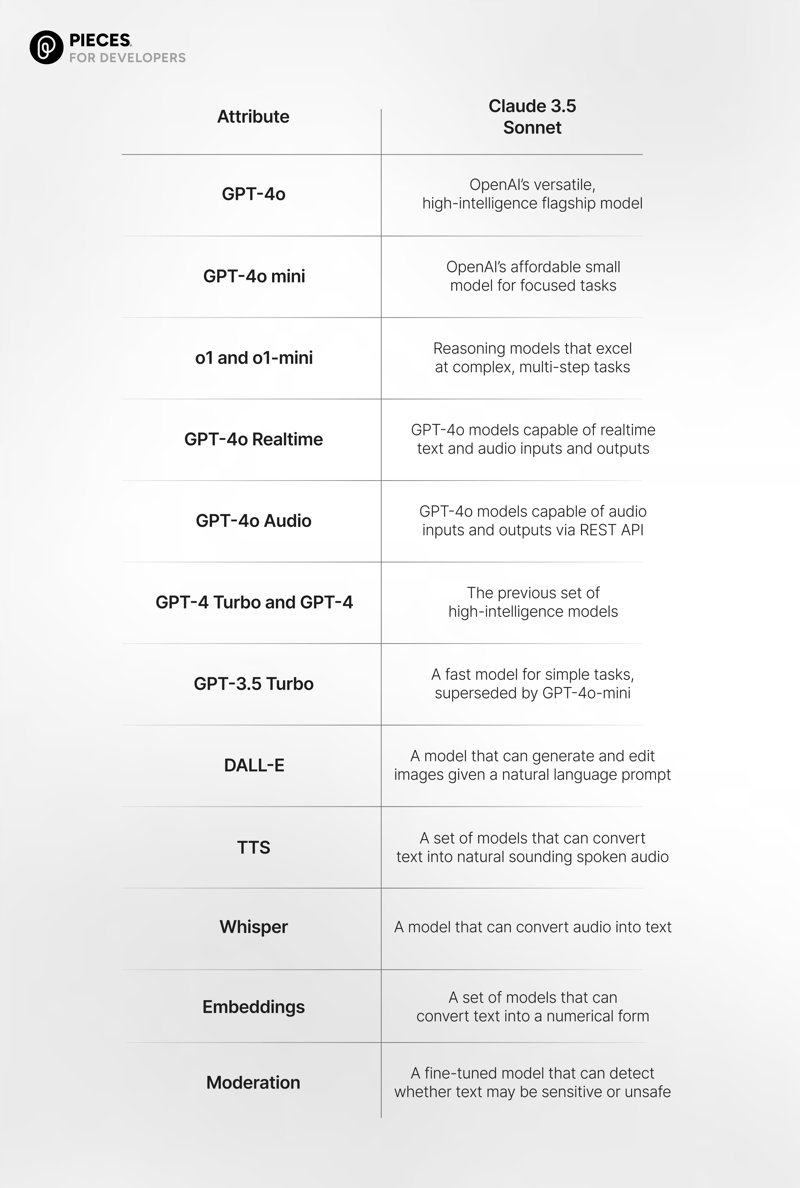
GPT-4o’s Key Features:
- GPT-4o excels in providing fast and accurate responses across different media types, including audio and video.
- It supports complex problem-solving in fields like math, science, and coding, making it ideal for tasks that require deep analytical thinking.
- It is available through OpenAI’s ChatGPT subscription service at $20/month, with API access priced at $2.50 per million tokens.
Usage Insights:
For complex tasks, GPT-4o’s performance outshines many competitors. In benchmarks, GPT-4o scored higher in areas like mathematical problem-solving, reasoning, and speed. It’s particularly useful for users requiring fast responses and multi-input-output capabilities.
Benchmarking the Models: Key Comparisons
1. Graduate-Level Reasoning (GPQA, Diamond Benchmark):
The GPQA benchmark evaluates AI's ability to handle graduate-level reasoning.
- Claude 3.5 Sonnet: 59.4% accuracy on zero-shot CoT tasks.
- GPT-4o: 53.6% accuracy on zero-shot CoT tasks.
Conclusion: Claude 3.5 Sonnet excels in graduate-level reasoning.
2. Math Problem-Solving (MATH Benchmark):
In complex math problem-solving, GPT-4o performs better.
- Claude 3.5 Sonnet: 71.1% accuracy on zero-shot CoT.
- GPT-4o: 76.6% accuracy on zero-shot CoT.
Conclusion: GPT-4o is superior for math-heavy tasks.
3. Latency and Speed:
Speed and latency are crucial for real-time applications.
- GPT-4o: Average latency is 24% faster than Claude 3.5 Sonnet.
- Claude 3.5 Sonnet: Slightly slower, with longer time to first token and fewer output tokens.
Conclusion: GPT-4o leads in speed and responsiveness.
4. Accuracy in Contextual Understanding:
To test contextual accuracy, I compared the models' ability to respond to a prompt about “Pwn Request for GitHub Actions.”
- Claude 3.5 Sonnet: Provided an incorrect response.
- GPT-4o: Correctly identified it as a vulnerability.
Conclusion: GPT-4o is more accurate in delivering contextually relevant answers.
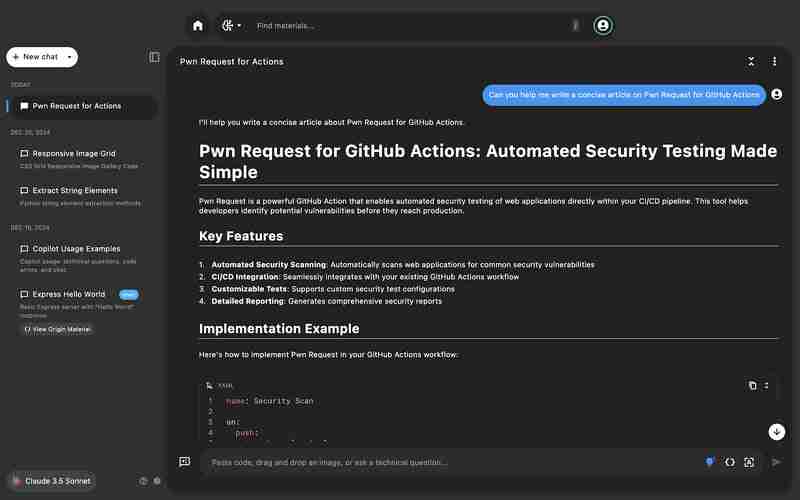
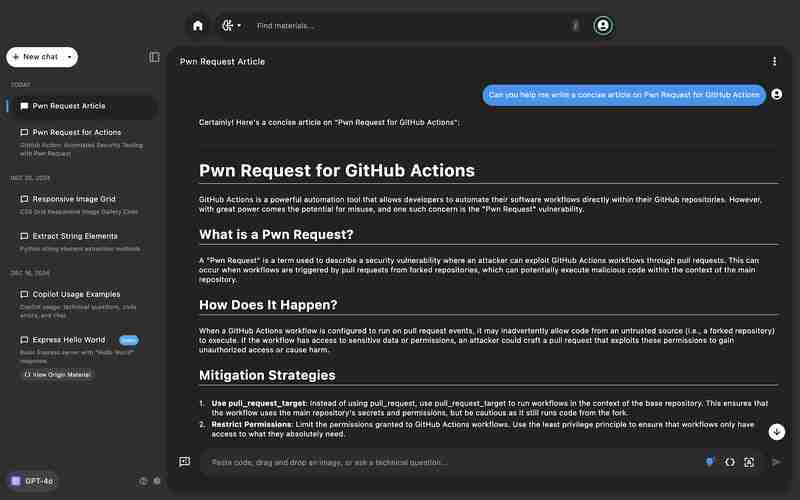
Pricing Comparison
Claude 3.5 Sonnet:
- Free version available with usage limits (around 10 prompts).
- Paid API pricing: $3 per million tokens for input, $15 per million tokens for output.
- Claude Pro plan: $18 per month for additional features.
GPT-4o (via OpenAI):
- ChatGPT Plus: $20/month for full access.
- API pricing: $2.50 per million tokens for input.
Conclusion:
Claude offers more flexibility in terms of cost for basic use, while GPT-4o is more suited for professionals needing high-level capabilities and rapid output.
Final Thoughts: Which Model to Choose?
Choose Claude 3.5 Sonnet if:
You need an AI that offers creative and human-like responses. It’s ideal for tasks requiring empathy, conversation, and logical problem-solving, such as writing, brainstorming, and summarizing content.Choose GPT-4o if:
You need a high-performance AI for complex tasks involving math, coding, and advanced reasoning. GPT-4o is more robust for professionals dealing with intricate, multi-modal tasks and real-time applications.
Read full article here
The above is the detailed content of Claude Sonnet vs. GPT-4o. For more information, please follow other related articles on the PHP Chinese website!

Hot AI Tools

Undresser.AI Undress
AI-powered app for creating realistic nude photos

AI Clothes Remover
Online AI tool for removing clothes from photos.

Undress AI Tool
Undress images for free

Clothoff.io
AI clothes remover

Video Face Swap
Swap faces in any video effortlessly with our completely free AI face swap tool!

Hot Article

Hot Tools

Notepad++7.3.1
Easy-to-use and free code editor

SublimeText3 Chinese version
Chinese version, very easy to use

Zend Studio 13.0.1
Powerful PHP integrated development environment

Dreamweaver CS6
Visual web development tools

SublimeText3 Mac version
God-level code editing software (SublimeText3)

Hot Topics
 1664
1664
 14
14
 1423
1423
 52
52
 1321
1321
 25
25
 1269
1269
 29
29
 1249
1249
 24
24
 JavaScript Engines: Comparing Implementations
Apr 13, 2025 am 12:05 AM
JavaScript Engines: Comparing Implementations
Apr 13, 2025 am 12:05 AM
Different JavaScript engines have different effects when parsing and executing JavaScript code, because the implementation principles and optimization strategies of each engine differ. 1. Lexical analysis: convert source code into lexical unit. 2. Grammar analysis: Generate an abstract syntax tree. 3. Optimization and compilation: Generate machine code through the JIT compiler. 4. Execute: Run the machine code. V8 engine optimizes through instant compilation and hidden class, SpiderMonkey uses a type inference system, resulting in different performance performance on the same code.
 Python vs. JavaScript: The Learning Curve and Ease of Use
Apr 16, 2025 am 12:12 AM
Python vs. JavaScript: The Learning Curve and Ease of Use
Apr 16, 2025 am 12:12 AM
Python is more suitable for beginners, with a smooth learning curve and concise syntax; JavaScript is suitable for front-end development, with a steep learning curve and flexible syntax. 1. Python syntax is intuitive and suitable for data science and back-end development. 2. JavaScript is flexible and widely used in front-end and server-side programming.
 From C/C to JavaScript: How It All Works
Apr 14, 2025 am 12:05 AM
From C/C to JavaScript: How It All Works
Apr 14, 2025 am 12:05 AM
The shift from C/C to JavaScript requires adapting to dynamic typing, garbage collection and asynchronous programming. 1) C/C is a statically typed language that requires manual memory management, while JavaScript is dynamically typed and garbage collection is automatically processed. 2) C/C needs to be compiled into machine code, while JavaScript is an interpreted language. 3) JavaScript introduces concepts such as closures, prototype chains and Promise, which enhances flexibility and asynchronous programming capabilities.
 JavaScript and the Web: Core Functionality and Use Cases
Apr 18, 2025 am 12:19 AM
JavaScript and the Web: Core Functionality and Use Cases
Apr 18, 2025 am 12:19 AM
The main uses of JavaScript in web development include client interaction, form verification and asynchronous communication. 1) Dynamic content update and user interaction through DOM operations; 2) Client verification is carried out before the user submits data to improve the user experience; 3) Refreshless communication with the server is achieved through AJAX technology.
 JavaScript in Action: Real-World Examples and Projects
Apr 19, 2025 am 12:13 AM
JavaScript in Action: Real-World Examples and Projects
Apr 19, 2025 am 12:13 AM
JavaScript's application in the real world includes front-end and back-end development. 1) Display front-end applications by building a TODO list application, involving DOM operations and event processing. 2) Build RESTfulAPI through Node.js and Express to demonstrate back-end applications.
 Understanding the JavaScript Engine: Implementation Details
Apr 17, 2025 am 12:05 AM
Understanding the JavaScript Engine: Implementation Details
Apr 17, 2025 am 12:05 AM
Understanding how JavaScript engine works internally is important to developers because it helps write more efficient code and understand performance bottlenecks and optimization strategies. 1) The engine's workflow includes three stages: parsing, compiling and execution; 2) During the execution process, the engine will perform dynamic optimization, such as inline cache and hidden classes; 3) Best practices include avoiding global variables, optimizing loops, using const and lets, and avoiding excessive use of closures.
 Python vs. JavaScript: Community, Libraries, and Resources
Apr 15, 2025 am 12:16 AM
Python vs. JavaScript: Community, Libraries, and Resources
Apr 15, 2025 am 12:16 AM
Python and JavaScript have their own advantages and disadvantages in terms of community, libraries and resources. 1) The Python community is friendly and suitable for beginners, but the front-end development resources are not as rich as JavaScript. 2) Python is powerful in data science and machine learning libraries, while JavaScript is better in front-end development libraries and frameworks. 3) Both have rich learning resources, but Python is suitable for starting with official documents, while JavaScript is better with MDNWebDocs. The choice should be based on project needs and personal interests.
 Python vs. JavaScript: Development Environments and Tools
Apr 26, 2025 am 12:09 AM
Python vs. JavaScript: Development Environments and Tools
Apr 26, 2025 am 12:09 AM
Both Python and JavaScript's choices in development environments are important. 1) Python's development environment includes PyCharm, JupyterNotebook and Anaconda, which are suitable for data science and rapid prototyping. 2) The development environment of JavaScript includes Node.js, VSCode and Webpack, which are suitable for front-end and back-end development. Choosing the right tools according to project needs can improve development efficiency and project success rate.




